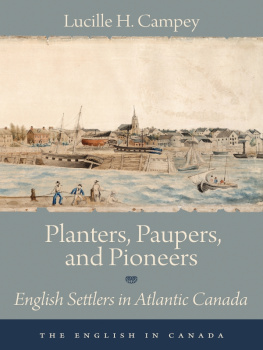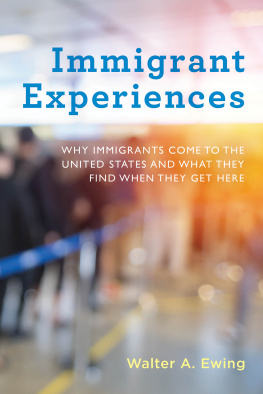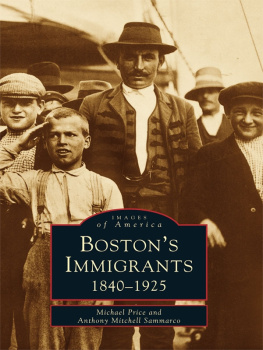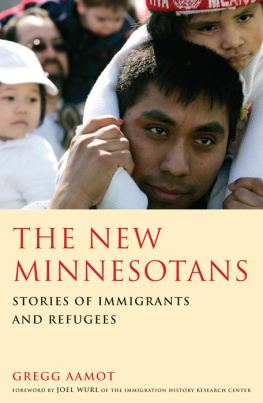Canada is a place where you can see your dreams come true.
It was a very difficult time in England and there was still rationing in many things, right up until the 1950s. And we just got tired of it. And then [we took] this visit to Canada and the United States, land of milk and honey [laughs] then we decided it was time we got out. And thats what we did.
While much has been written about Canadas many immigrant communities, the English are conspicuous by their comparative absence in the pages of Canadian history. In particular, apart from war brides, English immigrants who came to Canada after World War II have tended to be invisible. This book seeks to address this notable void by exploring the memories and experiences of English immigrants who formed part of the last major movement from England to Canada between the end of World War II and the mid-1970s.
Immigration has been a central element in the making of modern Canada. In the three decades after World War II, over 4,000,000 immigrants, including those from England, landed in Canada, and in all but eight years between 1945 and 1975 the English formed the largest national group of immigrants.
Traditionally, migration histories were written from a top down perspective, relying on government reports, passenger lists, agency records, and other documents that leave paper trails in official records. Bruce Elliott observed that these documents all too often highlight what the government wanted to happen rather than what really did happen. Oral testimonies, however, can be problematic. For example, how reliable are interviewees memories, and to what degree does the interviewers approach influence what the interviewee says? We discuss, below, the steps we took to capitalize on the strengths and overcome the limitations of the life history approach to oral history.
Our recorded life stories are intensely private, often funny, and occasionally heartbreaking. Many of the English-born immigrant interviewees talk frankly about their fears, expectations, and family separation anxieties. Others refer mainly to their public lives revealing insights into how individuals and families integrated into local communities and the Canadian way of life. Some accounts are positive, others negative; some are sad, others happy; some are success stories, others are not. They reveal memories about hardship, first impressions, culture shock, heartbreak, love, family, illness, death, ambition, work, patriotism, and much more.
We start by examining, in Chapters 1 and 2, conditions in England and in Canada from the years immediately after World War II to the mid-1970s. Did the political, social, and economic climate encourage migration? What did Canada have to offer, and how did it compare with other countries that attracted English emigrants? People left England at different stages of their lives and from different backgrounds. They were children and adults, male and female, singles and families, working class and middle class. They gave various and often distinctly personal reasons for taking the life-changing step of coming to Canada. We will explore their motivations in depth, along with the way conditions and events in contemporary England and Canada influenced their decisions. For instance, in the years immediately following the war, an atmosphere of gloom and the harsh realities of austerity led over half a million English people to apply to emigrate to the Dominions or elsewhere. Indeed, so many people left England that no less a figure than Sir Winston Churchill appealed to those considering emigration to stay here and fight it out. effectively drying up toward the end of the twentieth century. The propensity to emigrate was encouraged by the competitive promotional activities of three Dominion governments: Australia, New Zealand, and Canada. We will explore the degree to which such recruitment influenced emigrants, and why Canada was the interviewees destination of choice, rather than Australia or New Zealand, which offered more attractive financial incentives. We will also explore why English immigration then dried up toward the end of the twentieth century.
Becoming an emigrant, leaving loved ones behind, and venturing into the unknown, is a life-changing event and, for most, an extraordinarily bold and brave step to take. In Chapter 3 we look at the preparations for departure, the sadness of farewells, and the experience of the journey across the Atlantic. For some this was the adventure of a lifetime; for others seasickness and the perils of early passenger air travel proved daunting. Our interviewees were among the last group of emigrants to sail to a new land and the first to fly, initially in unpressurized, propeller-driven aircraft and later in passenger jets. These changing modes of transport had a revolutionary impact upon the migration experience.







